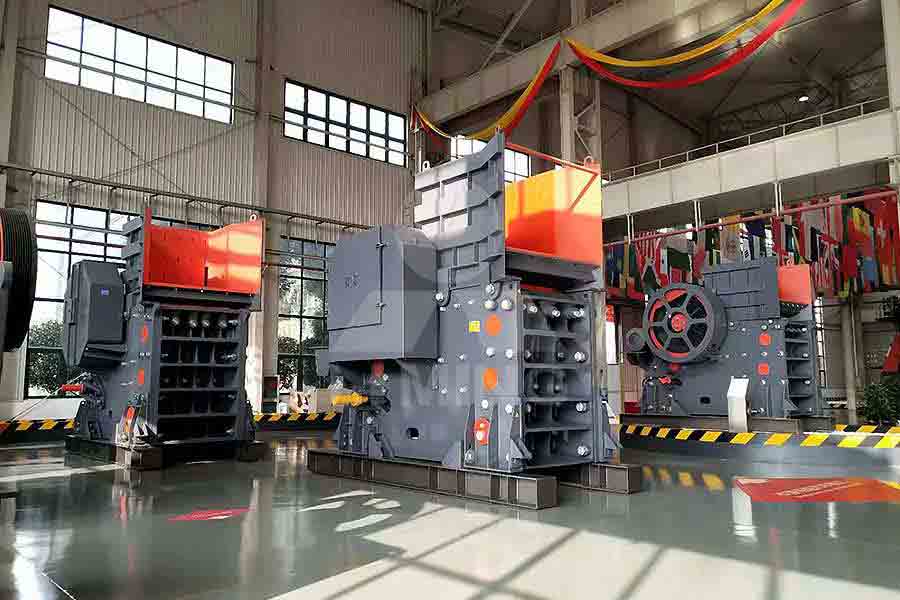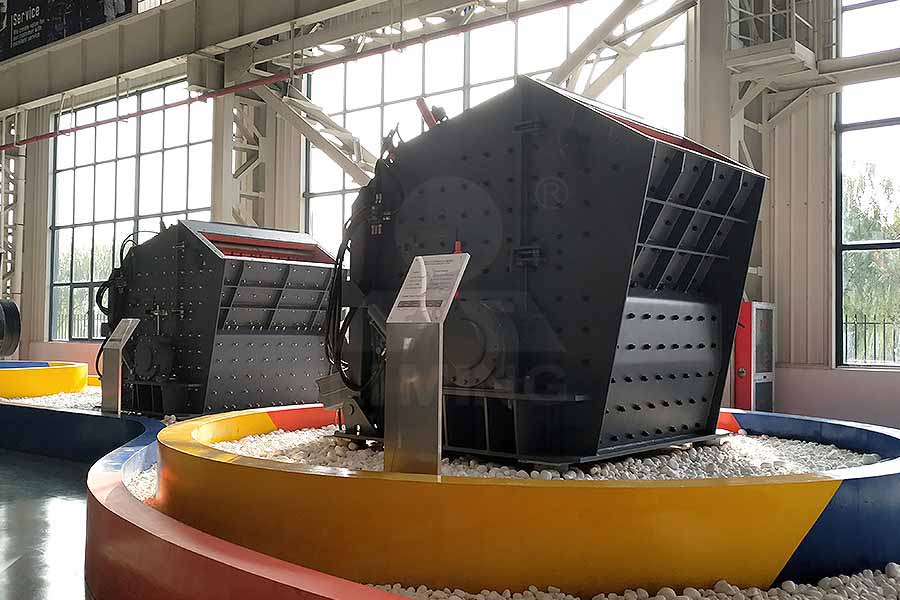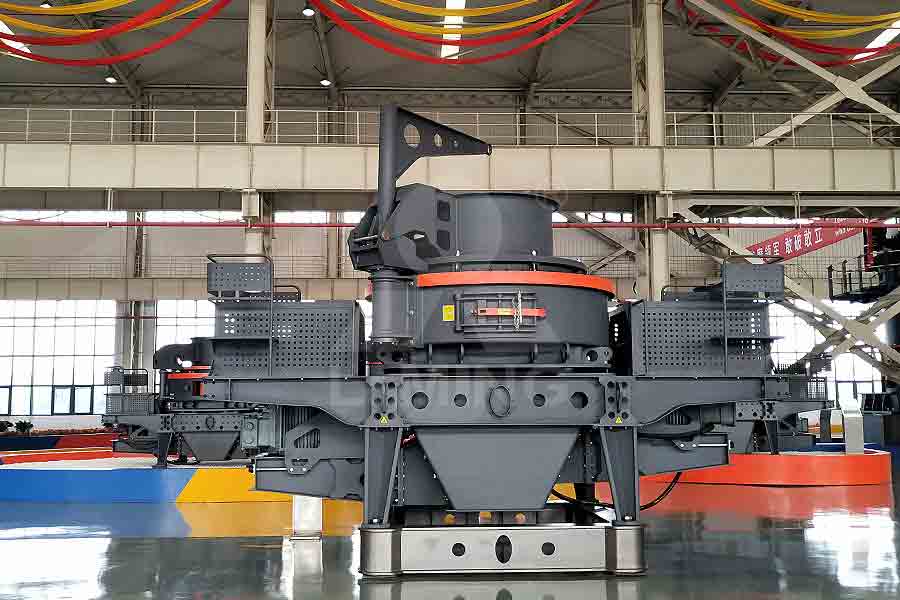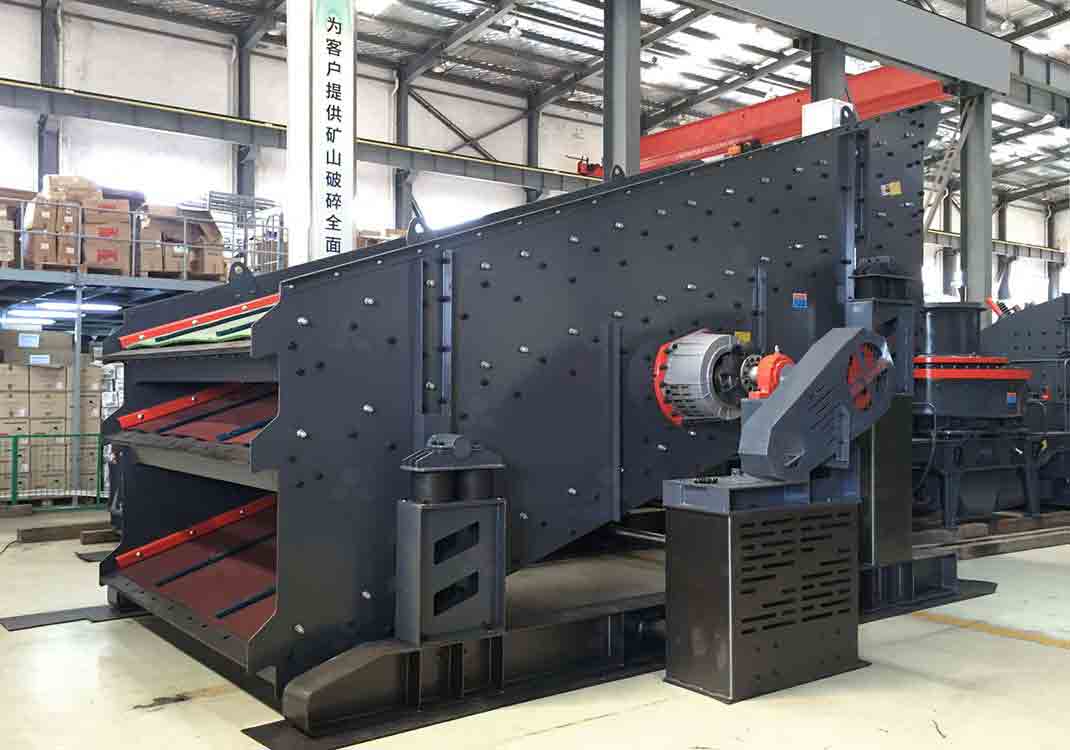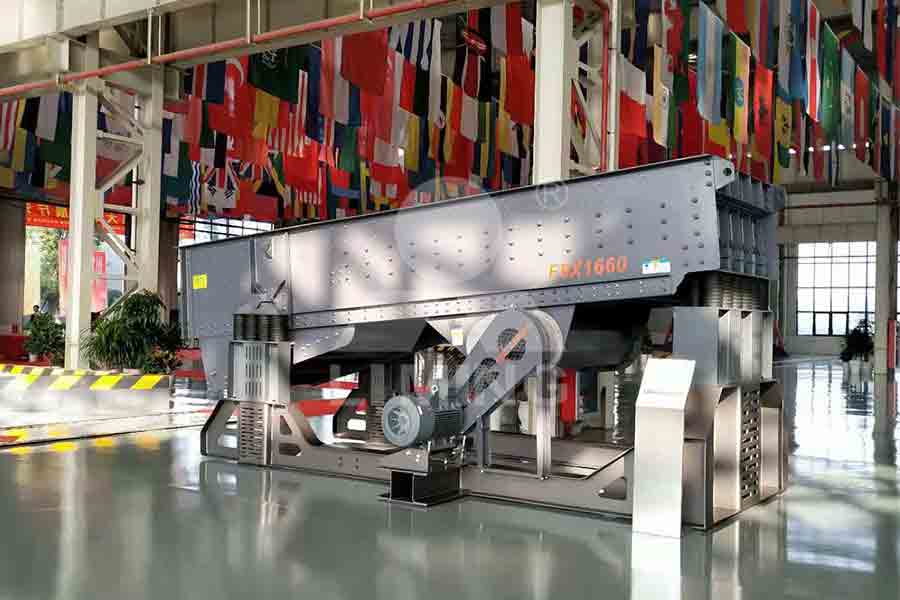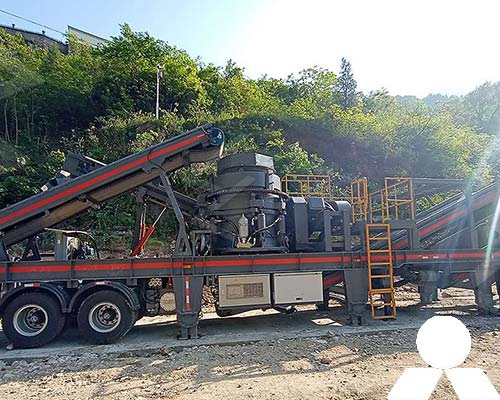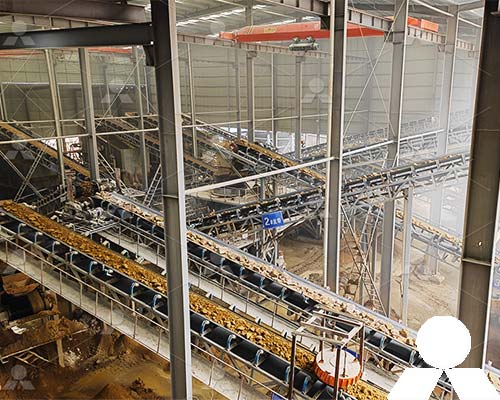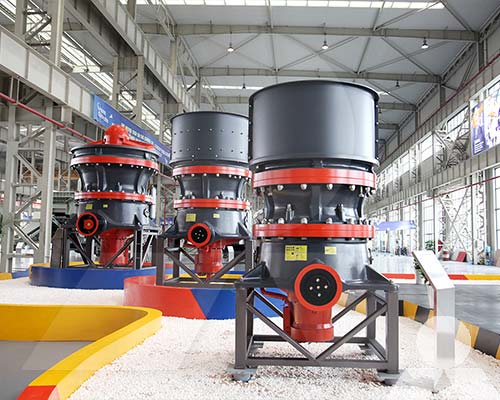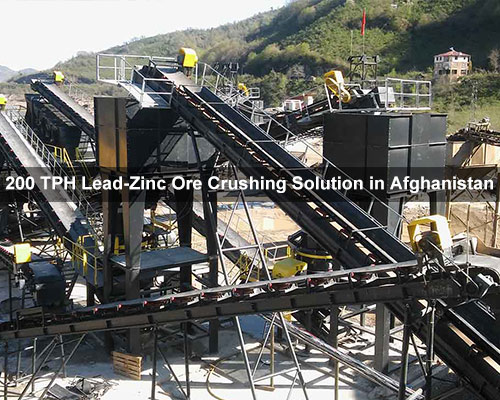Ballast Crusher
1. Introduction to Railway Ballast: Market Demand and Specifications
Railway ballast, the carefully graded aggregate placed beneath railroad ties, plays a critical role in track stability and drainage. With global railway infrastructure investments projected to reach $290 billion annually by 2025 (World Bank), the demand for high-quality ballast is growing rapidly.
Key Specifications for Quality Ballast:
- Material: Hard, angular rocks (typically granite, basalt, or quartzite)
- Size: 25-50mm for mainline tracks
- Properties: High abrasion resistance, good drainage, and frost resistance
- Shape: Rough, angular surfaces for optimal interlocking
Liming Heavy Industry provides complete crushing solutions to meet these stringent requirements, ensuring durable and compliant ballast production.
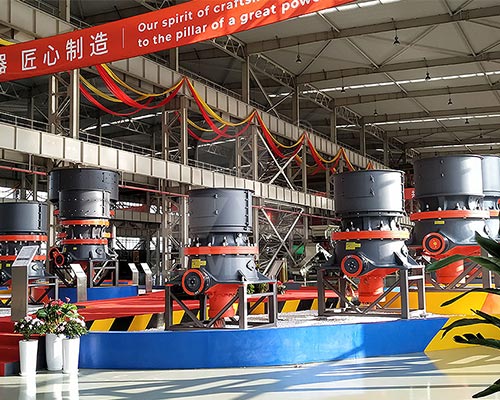
2. Ballast Stone Selection and Mining Process
2.1 Ideal Rock Types for Ballast Production
- Granite: Most common choice due to its hardness (6-7 Mohs) and durability
- Basalt: Excellent for high-speed rail lines with its superior crushing strength
- Quartzite: Preferred in extreme weather conditions for its thermal stability
2.2 Mining Process for Ballast Material
Step 1: Geological Survey and Quarry Planning
- Core sampling to verify rock quality
- Reserve estimation using 3D modeling
Step 2: Drilling and Blasting Operations
- Precision drilling with 100-150mm diameter holes
- Controlled blasting to produce optimally sized fragments
Step 3: Primary Material Handling
- Front-end loaders transport raw material to primary crusher
- Grizzly screens remove undersized material (<100mm)
3. Ballast Production Process Flow
3.1 Primary Crushing Stage
- Equipment: Liming C6X Jaw Crusher
- Input Size: ≤1200mm
- Output Size: 150-300mm
- Key Features:
- High crushing ratio (up to 8:1)
- Hydraulic adjustment system
- 20% energy saving compared to conventional crushers
3.2 Secondary Crushing Stage
- Equipment: Liming HPT Multi-Cylinder Hydraulic Cone Crusher
- Input Size: 150-300mm
- Output Size: 40-70mm
- Key Features:
- Laminated crushing principle
- Automatic control system
- Dust-proof sealing structure
3.3 Tertiary Shaping Stage
- Equipment: Liming VSI6X Vertical Shaft Impact Crusher
- Input Size: 40-70mm
- Output Size: 25-50mm (ballast specification)
- Key Features:
- Precise particle shaping
- Low noise operation (<75dB)
- High cubicity output
3.4 Screening and Grading
- Equipment: Liming S5X Vibrating Screen
- Process:
- 3-deck screening for precise size separation
- Oversize material recirculated to crushers
- Undersize material processed as aggregate
4. Liming Heavy Industry’s Ballast Crusher Solutions
4.1 C6X Series Jaw Crusher – The Primary Workhorse
- Model Range: C6X80 to C6X200
- Capacity: 80-1500 t/h
- Unique Advantages:
- Split-type frame design for easy transportation
- Optimized crushing chamber geometry
- SKF bearings for extended service life
4.2 HPT Cone Crusher – Precision Secondary Crushing
- Model Range: HPT100 to HPT500
- Capacity: 45-1200 t/h
- Technical Highlights:
- Multi-cylinder hydraulic system
- Intelligent automatic control
- Interchangeable crushing cavities
4.3 VSI6X Sand Maker – Final Shaping Expert
- Model Range: VSI6X800 to VSI6X1263
- Capacity: 70-585 t/h
- Performance Features:
- Four-port rotor design
- Oil-lubricated bearing system
- Central material feeding
5. Quality Control in Ballast Production
5.1 Particle Shape Analysis
- Flakiness index <15%
- Elongation index <20%
- Cubicity >85%
5.2 Strength Testing
- Los Angeles abrasion value <20%
- Aggregate crushing value <25%
- 10% fines value >150kN
5.3 On-site Quality Management
- Real-time particle size monitoring
- Automated sampling systems
- Digital record keeping for traceability
6. Case Study: Liming Ballast Production Line in Sweden
Project Overview:
- Location: Granite quarry in southern Sweden
- Annual Production: 1.2 million tons of railway ballast
- Equipment Configuration:
- Primary: 1 × C6X160 Jaw Crusher
- Secondary: 2 × HPT300 Cone Crushers
- Tertiary: 1 × VSI6X1150 Sand Maker
- Screening: 3 × S5X2460 Vibrating Screens
Performance Metrics:
- Production efficiency increased by 35%
- Energy consumption reduced by 22%
7. Maintenance and Operation Best Practices
7.1 Routine Maintenance Schedule
- Daily: Lubrication system checks
- Weekly: Wear parts inspection
- Monthly: Hydraulic system maintenance
- Quarterly: Complete mechanical inspection
7.2 Wear Parts Management
- Jaw plates: 6-12 month lifespan
- Concave/mantle: 4-8 month lifespan
- Rotor tips: 3-6 month lifespan
7.3 Troubleshooting Guide
- Problem: Reduced throughput
Solution: Check feed distribution and crusher settings - Problem: Unusual vibrations
Solution: Inspect wear parts and balance - Problem: Oil temperature升高
Solution: Check cooling system and oil quality
8. Future Trends in Ballast Production Technology
8.1 Smart Crushing Systems
- AI-powered performance optimization
- Predictive maintenance algorithms
- Remote monitoring capabilities
8.2 Sustainable Production Methods
- Dust suppression innovations
- Noise reduction technologies
- Water recycling systems
8.3 Mobile Ballast Plants
- Track-mounted crushers for temporary sites
- Rapid deployment solutions
- Modular design concepts
9. Conclusion
Producing high-quality railway ballast requires specialized crushing equipment that can deliver precise particle sizing, excellent shape characteristics, and consistent performance. Liming Heavy Industry’s complete ballast crushing solutions – featuring the C6X Jaw Crusher, HPT Cone Crusher, and VSI6X Sand Maker – provide the perfect combination of reliability, efficiency, and product quality for modern railway projects.
